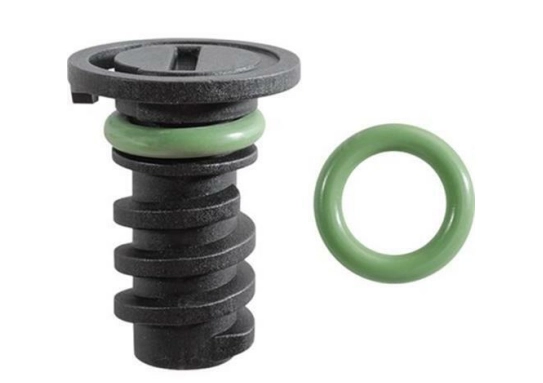automotive shaft seals


The installation process also affects the performance of shaft seals. Proper alignment and handling are crucial, as misalignment can lead to premature wear or failure. Ensuring that the shaft is smooth and free of burrs or sharp edges will help in extending the seal’s lifespan and effectiveness. Furthermore, maintenance practices such as regular inspection and lubrication are vital in preserving the integrity of the seal over time, particularly in environments with high wear and tear. For professionals seeking reliable, high-performance solutions, engaging with trusted manufacturers and suppliers of shaft seals can provide unparalleled insights and product availability. Leading companies often offer specialized engineering support to assist in designing and selecting the most appropriate seal for specific requirements. Their expertise ensures that customers receive a tailored solution that aligns with technological advancements and industry standards. With the continuous evolution of technology, innovations in material science and engineering are paving the way for more efficient and durable shaft seal designs. Future trends indicate a shift towards self-lubricating seals that reduce maintenance requirements and extend operational lifespans. These advanced seals help in reducing downtime and improving overall cost-efficiency for businesses. In conclusion, shaft seals are indispensable components that guarantee the seamless operation of machinery across diverse sectors. By integrating expert knowledge, innovative technology, and best practices in maintenance, businesses can significantly enhance their equipment’s durability and performance. Investing in the right shaft seal solutions not only safeguards machinery but also optimizes operational efficiency, reflecting positively on the bottom line. Engaging with industry experts and keeping abreast of technological advancements ensures that businesses remain at the forefront of innovation in their respective domains.
-
Understanding the Front Main Engine Seal: Purpose, Maintenance, and Installation
News Jul.29,2025
-
Understanding O-Rings and Seal Rings: Types, Applications, and Custom Solutions
News Jul.29,2025
-
Understanding Crankshaft Oil Seals: Rear Seals, Pulley Seals, and Their Role in Engine Integrity
News Jul.29,2025
-
The Importance of Front and Rear Crankshaft Seals in Engine Performance and Oil Management
News Jul.29,2025
-
Crank Oil Seals: Functions, Types, and Cost Considerations in Engine Maintenance
News Jul.29,2025
-
A Comprehensive Guide to O-Rings and Seals: Types, Materials, and Global Applications
News Jul.29,2025
-
Mastering Diesel and Performance Engine Maintenance: A Guide to Critical Oil Gaskets
News Jul.28,2025
Products categories















